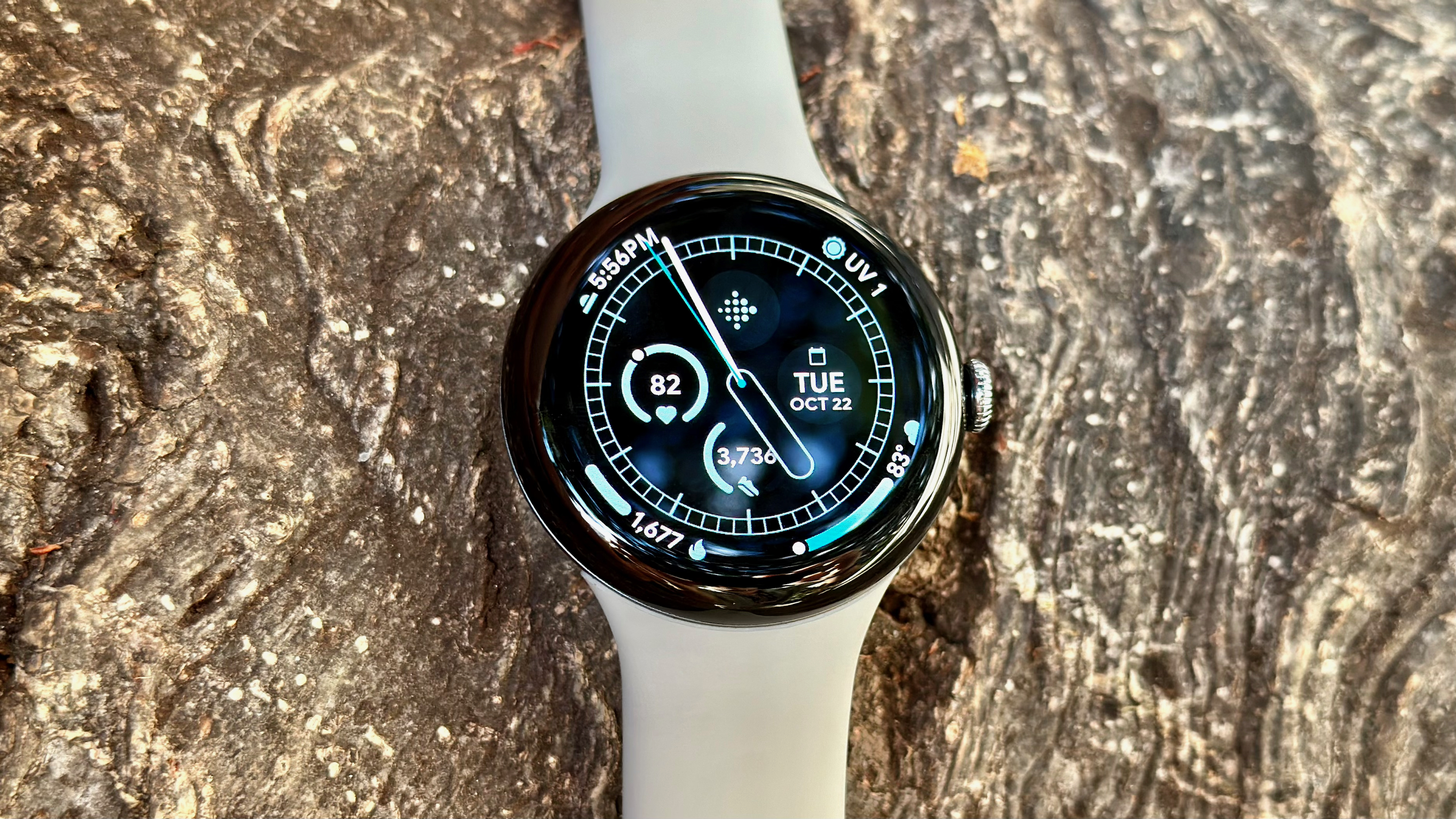
You might have heard T-Mobile and TCL telling us about the new 5G RedCap device being offered. It's the first of its kind, and it can be used to bring a 5G connection to almost any device with a USB-C port. In the large picture of a connected world, it's pretty important.
Most people see something like this and immediately wonder if it's something they need. Like a lot of things, RedCap devices like the TCL LINKPORT IK511 are built for people who already know they need it because it's either the best solution or the only solution.
It's not the only way RedCap will come to the market; it's just the first way. One day we will probably see things like a wearable built using RedCap tech for its 5G connection (Qualcomm is already working on it) via the internal hardware of the device itself. For now, though, RedCap probably isn't something you need to buy into.
So, what exactly is it?
I love Telnor's overview of the technology because it's a just-the-facts synopsis:
5G RedCap is a new 5G standard that is designed to address the use cases in between the high speed Enhanced mobile broadband (eMBB), the ultra-reliable low latency communications (uRLLC) and the low throughput and battery efficient Massive Machine-Type Communication (mMTC) technologies. 5G RedCap is well-suited for a wide range of IoT applications and will probably play an important role in future IoT deployments. For the time being, LTE Cat 1 and Cat 4 are the most suitable for those IoT scenarios.

For most people, this doesn't mean much, but it actually says it all. 5G RedCap is a bridge between the robust 5G deployments we have now and the limited needs of some devices. The clue is in the name, which stands for REDuced CAPacity because it can deliver what some devices need without all the extra fluff.
It's built for IoT devices, both consumer and industrial. RedCap is a great solution for a camera surveillance system guarding your home or a network of sensors that control autonomous loaders at a factory that manufactures cardboard. These sorts of things don't need the full capabilities of an expensive 5G network so planning one out and then spending the money on it isn't very wise. Before RedCap came into the picture, this was the only choice once 4G goes away.
Here's the meat of the issue for normal people who just like their gadgets—you don't really need to worry about it. If you need a connection for your laptop because you're somewhere with no Wi-Fi, just use your phone instead of buying a dongle from T-Mobile. If you regularly find yourself in this situation, you already know if RedCap is going to work for your needs.
When RedCap hardware appears inside things like smart rings or cameras, you won't have to do anything to use it. You might save some money, but knowing how companies like to operate, probably not. Making sure it "just works" will be figured out long before you can buy the devices.
The tech is cool, I'm not going to lie. I'm a manufacturing nerd and can think of a million ways this tech could be used on a factory floor, provided it's cheap and someone wants to build the things. I can also see how it would be good for the camera system at Walmart, which has the means to build out a dedicated network to use it right now.
We're in the hype-building phase, just like we saw for LTE and 5G itself. Once the tech is ready for wide adoption, it will just happen, and you don't have to think about it at all.







